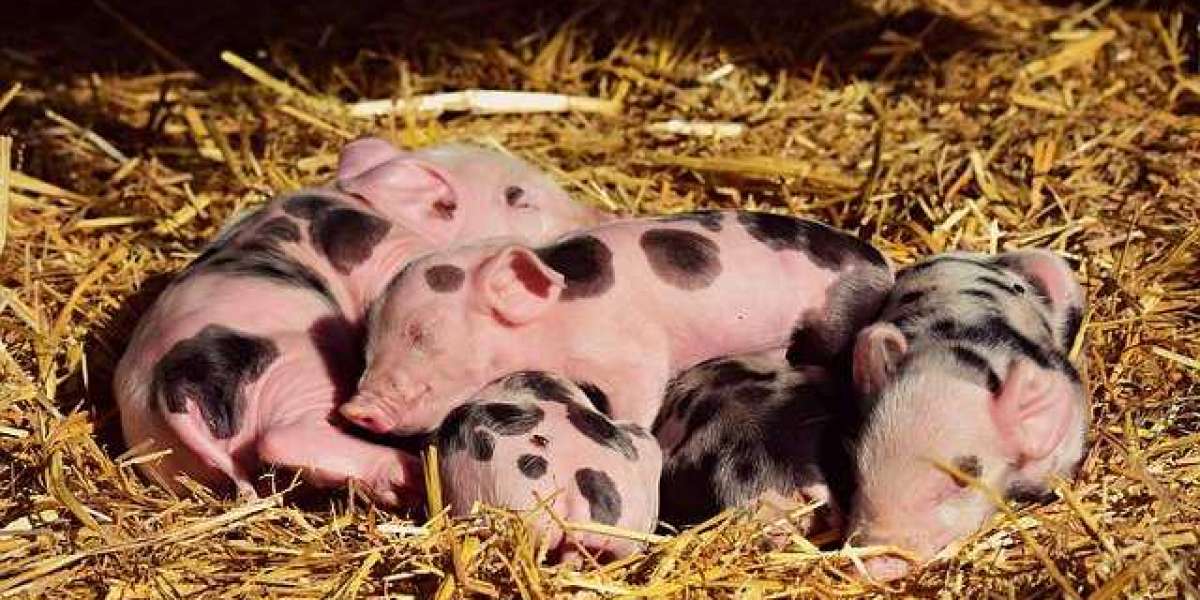Pigs are famous for their hams, but they're much more than that. They are mammals with feelings, and if we could better understand them, we might be able to repay the favor and enhance their lives before they end up on the dinner table. With this goal in mind, a multinational team of scientists has succeeded in converting pig grunts into real emotions for the first time. They did this by analyzing over 7,000 acoustic recordings collected throughout the course of the animals' lives to determine when they are happy and when they are fearful or agitated. The findings were just published in the journal 'Scientific Reports.'
From birth till death, the researchers, led by the University of Copenhagen, ETH Zurich, and France's National Research Institute for Agriculture, Food, and the Environment (INRAE), recorded the grunting of pigs destined for human food in a range of conditions.
Some activities are enjoyable, such as nursing piglets, snuggling with littermates, or running free, while others are unpleasant, such as fighting, castration, separation from the group, or waiting for slaughter.
The researchers also devised a number of simulated settings for the pigs in order to elicit more nuanced responses. There was a play area with toys or food, as well as a play area with no stimulation. They also included new and unexpected objects for the pigs to interact with throughout the experiment. The animals' cries, behavior, and heart rate were all tracked and recorded along the route.
The researchers then studied thousands of audio recordings from over 400 pigs to determine whether there was a pattern to the noises and if they could discriminate between positive and negative events and emotions. In unpleasant conditions, they collected more high-frequency calls (such as yelling and screeching). In favorable conditions, there were also low-frequency cries (grunts) that were significantly shorter.
'We can classify 92 percent of the calls into the correct emotion by training an algorithm to recognize these noises,' says Elodie Briefer, co-leader of the study and professor of biology at the University of Copenhagen. She describes getting them translated as "an significant step toward enhancing livestock animal care."
Animal welfare is important.
The study of animal emotions, as the authors describe, is a relatively young discipline that has evolved in the last 20 years. Cattle's mental health is now widely recognized as critical to their overall well-being. Current animal welfare, on the other hand, is largely concerned with livestock's physical well-being. In reality, for a farmer, there are various technologies that can automatically monitor an animal's physical health.
There are currently no mechanisms in place to monitor the mental health of animals in the same way that such systems have been built for humans. The researchers anticipate that their algorithm will pave the way for a new platform that will allow farmers to track their animals' psychological well-being. They don't have to be strewn across a couch.
"The algorithm has been trained to decode pig grunting. "Now we need someone to turn the algorithm into an app that farmers can use to improve their animals' welfare," Briefer explains. Furthermore, he believes that given enough data to train the system, the technology might be used to better understand other animals' emotions.



